Diagnosing Catalytic Converter Failure Symptoms
Although construction can vary according to engine application, the common three-way catalytic converter contains a reduction and oxidation stage. To create maximum surface area, each stage is generally a ceramic or stainless steel honeycomb substrate covered with a rough silica and alumina wash coat. Both stages of the converter are coated with precious metal catalysts
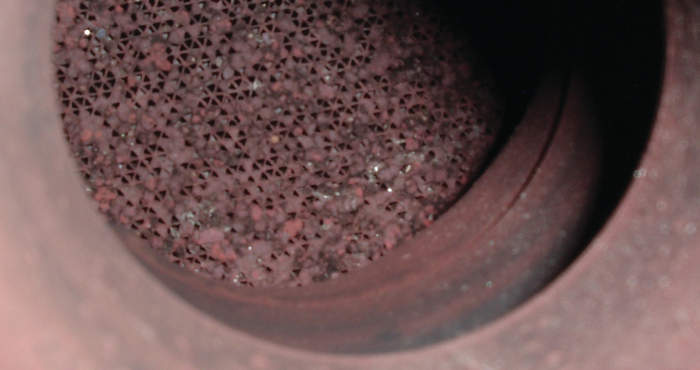
Avoid Alternator Returns, Make Peace With Your Parts Suppliers
If the charging voltage is low, or the alternator isn’t putting out enough current to keep up with the electrical loads that are placed upon it, don’t automatically assume the starter or alternator is bad and needs to be replaced (unless you’re bench testing the unit out of the vehicle). Many times an alternator is
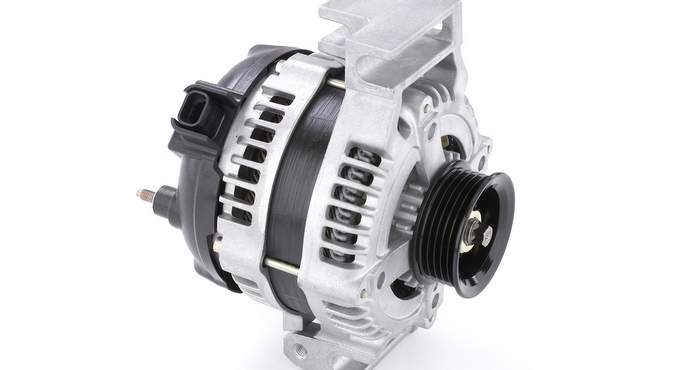
Random No-code Failures: Jeep Cherokee, Ford Crown Victoria
Random no-code failures can be the most frustrating problems to diagnose because the condition usually cant be duplicated in the shop and the “fix” often cannot be verified by test-driving. In this instance, I use the word “random” to describe a condition that might occur only once in two weeks. Sometimes I’ll find something suspicious
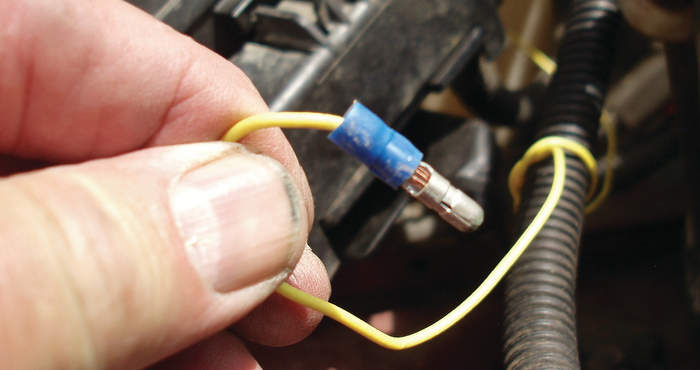
How Engine Coolant Temperature Sensors Influence The Modern Powertrain
Considering that roughly 1,500 or more different vehicle models are introduced into our domestic market each year, it’s becoming more difficult to predict how a powertrain control module (PCM) will utilize data from a particular sensor or detect an out-of-range sensor in any single vehicle platform. The engine coolant temperature (ECT) sensor provides a
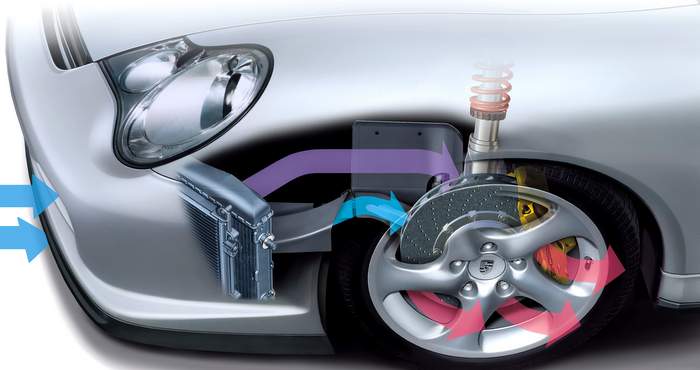
The Case of the Missing Starter
I was called last fall by a client who owns a heavy-duty diesel shop to diagnose a no-cranking condition on his father-in-law’s 2006 Chevrolet Tahoe. Because his work is mainly with heavy-duty trucks, my client knew he was lacking both in tooling and technical background when he didn’t hear the familiar click of a starter
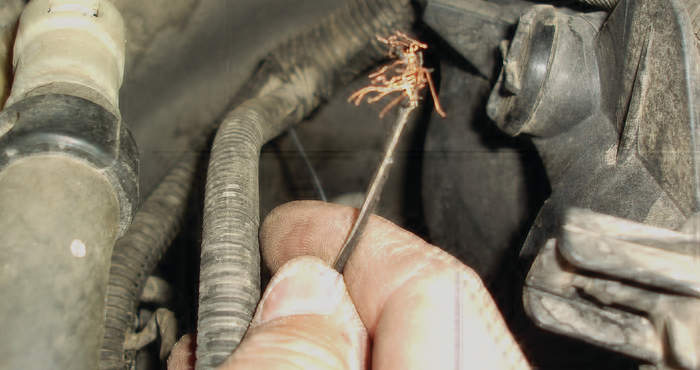
Spark Plug Replacement Do’s and Don’ts
Tooling has changed from the old 13/16-inch spark plug socket to a multiplicity of 5/8-inch long, short, intermediate and swivel, thin-wall sockets needed to replace spark plugs on many modern engines. Similarly, tightening spark plugs with the old flex-head, long-handled, 3/8-inch drive spark plug wrench is asking for trouble on engines that don’t have long-reach
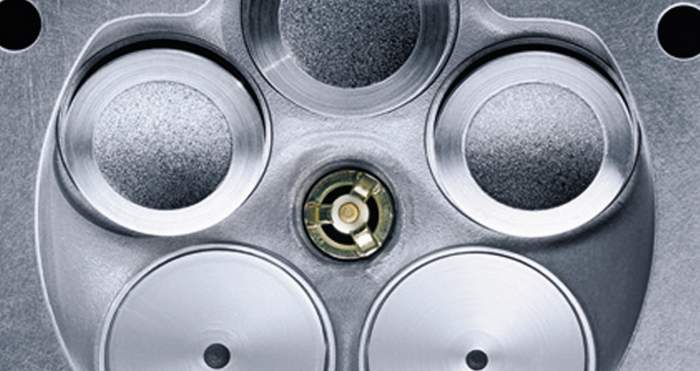
The Best Tests For Fuel Delivery Systems
The ancient Greek philosopher Heraclitus said that there is nothing permanent except change. Greek history aside, it’s easy to spot change in our current market because vehicle fuel delivery technology has evolved to include conventional, pulse-modulated and direct fuel injection fuel delivery systems, with each having a specific set of components and testing issues. In
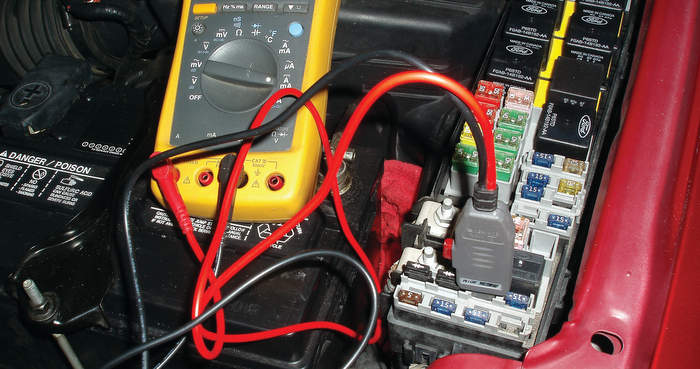
Catalytic Converter 101: A Basic Understanding Of How Catalytic Converters Operate
This honeycomb substrate has broken up and clogged the catalytic converter outlet. When servicing catalytic converters, it’s important to have a basic understanding of how they operate. To begin, an internal combustion engine creates heat energy by igniting a mixture of gasoline and atmospheric oxygen with a high-voltage spark. Unfortunately, a residual quantity of hydrocarbons (HC),
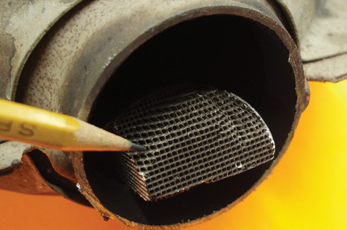
Telltale Signs Of Cooling System Component Failure
Springtime brings with it the vacation season when many families will hitch a boat or camping trailer to their fully loaded family car, SUV or pickup truck and travel to some remote wilderness hideaway. Needless to say, both the parents and their vehicle’s cooling system will be stressed out long before the trip is over.
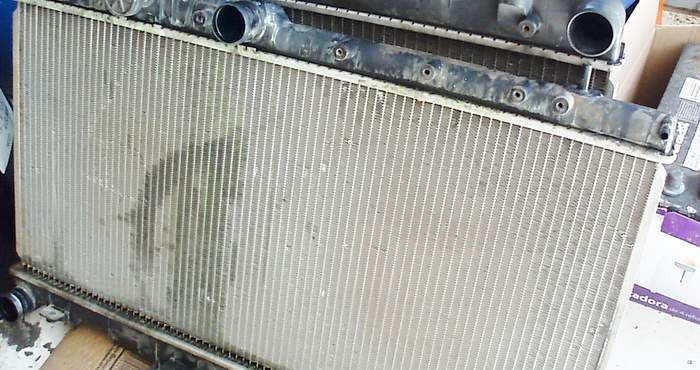
When Should Fluids Be Replaced?
Several factors are driving modern fluid maintenance services. First, a modern vehicle’s service life often extends to well over 200,000 miles and good fluid maintenance practices are, in part, responsible for that remarkable achievement. Second, car counts in many shops are declining because late-model vehicles require less scheduled maintenance and less frequent repairs. Consequently, many shops are looking at add-on services, such as fluid maintenance, to boost shop revenues.
Take Time To Evaluate The Condition Of Brake Hydraulics
Mileage is an essential criterion for evaluating the condition of brake hydraulics. Keep in mind that, each time the brakes are applied, the master and wheel cylinder piston seals wear. Given time, the rubber cups in master cylinders wear to the point that they will not consistently seal hydraulic pressure. The result will often be a low brake pedal, poor stopping power or an intermittently sinking brake pedal.
Pinning Down Intermittent Malfunctions On OBD II Vehicles
Although post-1996 OBD II powertrain control modules (PCMs) are generally very reliable, we’re beginning to see more failures because the average age of our national vehicle fleet has now increased to about 11.5 years. Technically speaking, the PCM should store a DTC indicating some type of internal malfunction. But, in the real world, if your scan tool indicates “no communication” and asks if the ignition switch has been turned on, you obviously have a communications problem.
